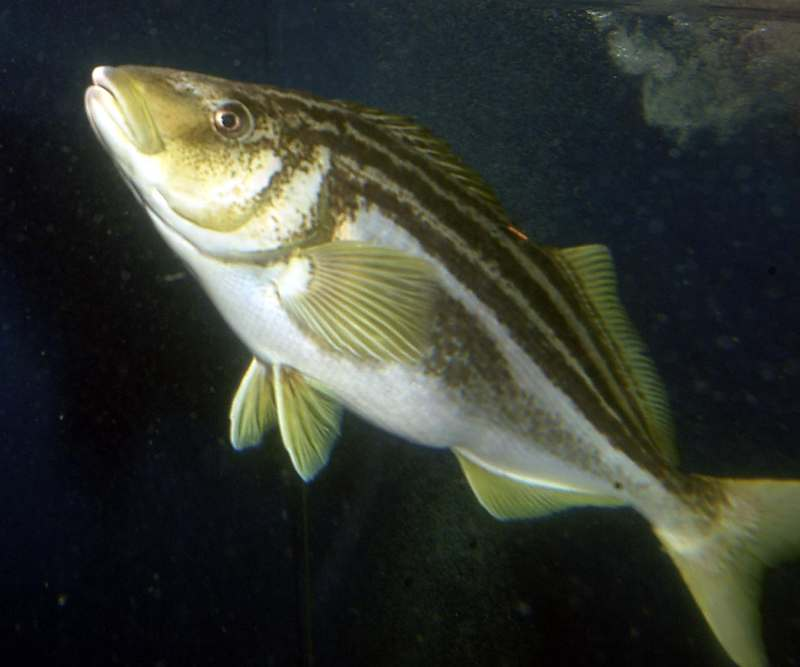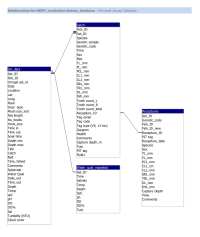Total length
Type of resources
Topics
Keywords
Contact for the resource
Provided by
Years
-
Between January and March 2003, 25 (15 females, 9 males, 1 no sex recorded) draughtboard sharks, sourced from the Crayfish Point Reserve and the east coast of Tasmania (42-43°S, 147-148°E), were fitted with the acoustic transmitters to investigate movement behaviour.
-
Between January 2000 and January 2007, sharks were tagged during routine fishery dependent and independent rock lobster catch sampling trips around southwestern and eastern Tasmania and in the Crayfish Point Reserve. For each shark, sex, total length and clasper length (males) were recorded.
-
Landings surveys of bycatch of Solegnathus assessed from interviews with fishers in important fishing ports of NSW and Victoria, ranging from the Brunswick-Byron co-op to Portland in Victoria.
-
Limited SCUBA surveys of weedy seadragons at Kingston, Blackman's Bay & Bicheno and spiny pipehorses at Simpson's Point, Bruny Island. Mark-recapture study of approximately 40 seadragons and 10 spiny pipehorses.
-

Data collected includes growth, survival, development (swim bladder inflation, flexion, metamorphosis), health, water quality, systems (tank size etc), nutrition (live feeds, lipids, vitamins) for hatchery reared striped trumpeter (Latris lineata).
-

This database contains sampling effort, catch records, biological data, and water quality data for sampling and catches of elasmobranchs in northern Australian rivers, estuaries and coasts undertaken under the National Environmental Research Program (NERP) Marine Biodiversity Hub Project 2.4 'Supporting Management of Listed and Rare Species'. and the National Environmental Science Program (NESP) Marine Biodiversity Hub Project A1 'Northern Australian Hotspots for the Recovery of Threatened Euryhaline Elasmobranchs'. Surveys using gillnets and rod-and-line were undertaken in the Top End region of the Northern Territory and the Kimberley region of Western Australia. Selected animals were tagged for movement ecology, habitat use and mortality estimates (acoustic telemetry), and tissue samples were collected from all fish for molecular analyses (population genetics and close-kin mark-recapture).
 IMAS Metadata Catalogue
IMAS Metadata Catalogue